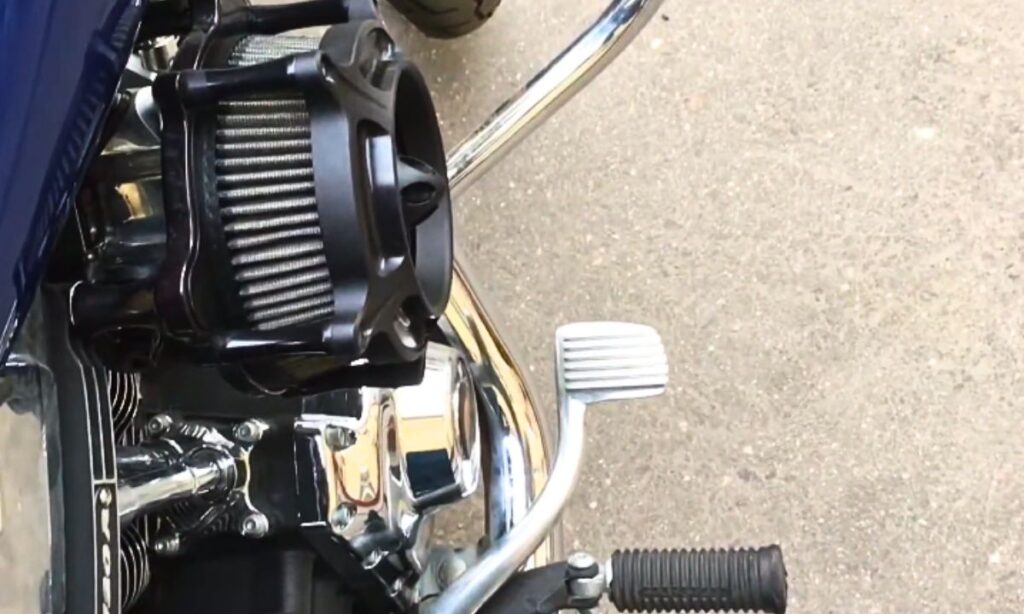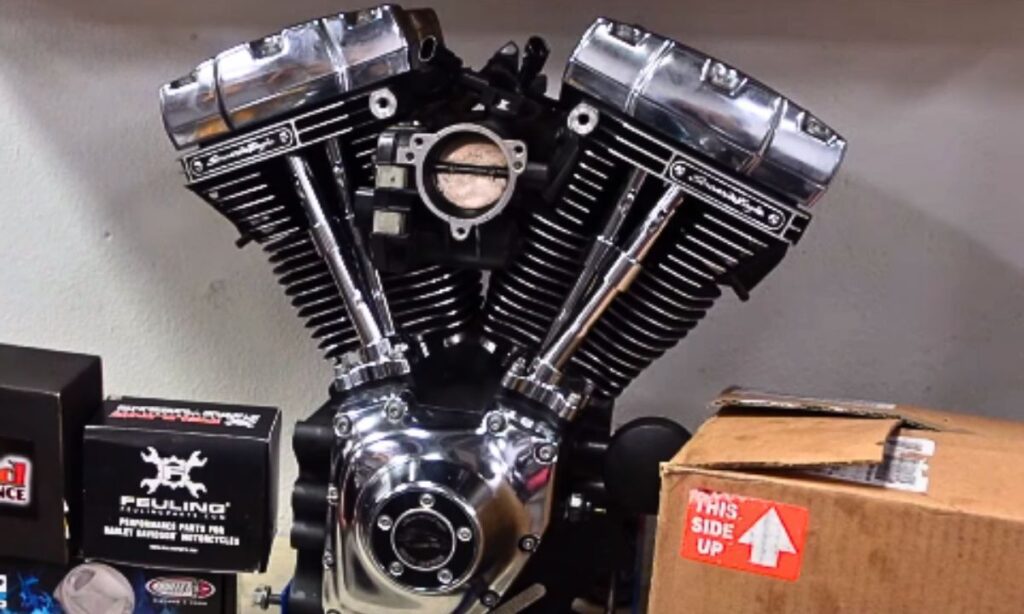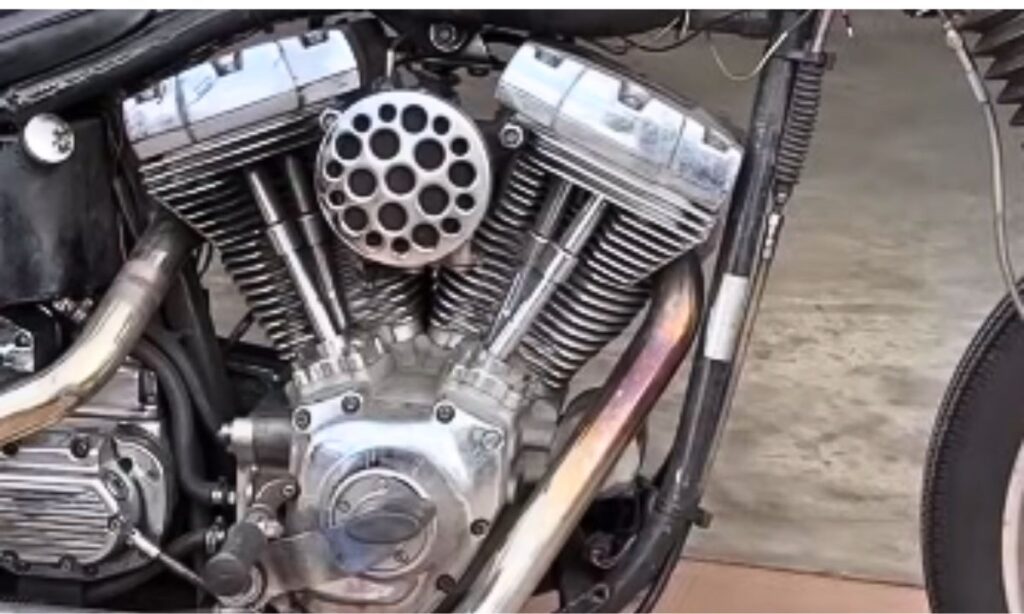Harley-Davidson motorcycles, renowned for their distinctive design and powerful performance, have encountered a range of issues over the years.
These problems, often referred to as “Harley EITMS problems,” primarily revolve around the system’s function to protect the bike’s engine from overheating.
In this article, we will dive into these problems, their impact on the performance of the motorcycle, and potential solutions.
Harley Eitms Problems
The EITMS is designed to reduce the engine temperature when the motorcycle is idle or operating in high ambient temperatures, but its implementation has not been without problems.
Users have reported that the system causes the engine to run rough, leads to power loss, and even results in stalling.

1. Not Engaging Properly
When it comes to Harley EITMS, one of the common problems riders experience is the system not engaging properly.
This issue can result in the engine idling at high temperatures when it should be cooling down or the EITMS failing to activate when the motorcycle is at a standstill.
To troubleshoot this issue, ensure the EITMS is enabled. On the newer models, you can do this by pressing the left-turn signal button twice quickly.
When activated, you’ll see an icon displayed on the speedometer.
If the EITMS is turned on but still not working correctly, the problem could be with the motorcycle’s temperature sensor or its electrical connections.
If the coolant level is sufficient, inspect the temperature sensor for any signs of damage or wear and replace it if necessary.
Next, examine the electrical connections and wiring for signs of damage, corrosion, or loose connections, and repair or replace them as needed.
Lastly, if you’re still experiencing issues, you’re advised to take your Harley to a professional for a detailed diagnosis.
2. Motorcycle Stalling
Motorcycle stalling can be a frequent issue for riders, bringing a range of potential hazards.
In essence, a stall occurs when your motorcycle’s engine quits while the bike is in operation.
There are several common causes for motorcycle stalling: a lack of fuel, an issue with the bike’s electrical system, or a problem with its carburettor.
In some instances, your motorcycle might stall because of something as simple as having your bike’s kickstand down while you’re in gear.
To resolve a stalling issue, start by checking your bike’s fuel supply. If your fuel levels are adequate, inspect your bike’s spark plugs and wires for any visible signs of damage.
If these components are in good condition, you should check your bike’s carburettor to ensure it’s not clogged or dirty.
If you’re not comfortable identifying or fixing these issues on your own, it’s always a good idea to seek help from a professional mechanic.
Remember, a stalling motorcycle not only disrupts your ride but can also pose a significant danger, especially when riding at high speed or in heavy traffic.
3. Power Loss
This problem often results as the motorcycle experiences a decrease in power output and poor throttle response.
It could be due to a clogged fuel injector, which can restrict the flow of fuel to the engine, leading to a decrease in performance.
The EITMS itself can also be a contributor to power loss if it’s not functioning correctly.
This system is designed to manage engine temperature by temporarily disabling fuel injection to one of the cylinders when the bike is idle, reducing engine heat.
However, if the EITMS malfunctions, it may incorrectly disable a cylinder while the bike is in motion, leading to power loss.
To resolve these issues, start by checking and cleaning your fuel injectors. This can often be done at home with a fuel injector cleaning kit.
What Function Did Harley Eimts Do?
Harley-Davidson’s EITMS, or Engine Idle Temperature Management System, is a technological feature introduced to manage the heat generated by their air-cooled engines.
The EITMS system stands for “Engine Idle Temperature Management System.”
This system was designed to improve rider comfort in high-temperature situations such as heavy traffic by disabling fuel from the rear cylinder when the motorcycle is idle, thus reducing engine heat.
There are two operational modes: “Automatic” and “Manual.” When you have set it to automatic.
The EITMS will turn on based on the motorcycle’s operating conditions, such as the engine temperature and speed.
In manual mode, you can disable the system by rolling the throttle forward twice quickly. The EITMS indicator light will flash if the system is enabled.
It’s important to note that this system only operates when the motorcycle is idle, not during riding.
What are The Benefits of the Eitms System?
The EITMS is a key feature in many modern motorcycles designed to manage engine heat.
It operates by automatically cutting fuel and sparks to the rear cylinder when the motorcycle is at idle, effectively turning the engine into a single-cylinder until the throttle is engaged.
One of the foremost benefits of the EITMS system is its capacity to reduce the excessive heat generated by motorcycles, enhancing rider comfort during long trips or in heavy traffic.
With less heat radiating from the engine, you can avoid the discomfort and potential safety risk of overheated engines.
EITMS also contributes to the longevity of the motorcycle by preventing the engine from overheating.
It reduces the wear and tear on engine components, thus extending the life of the motorcycle and keeping maintenance costs to a minimum.
Using the EITMS system is straightforward. Most systems are enabled by the rider, typically through a series of button presses on the motorcycle’s instrument panel.
Once enabled, the system operates automatically, engaging when the engine reaches a certain temperature and disengaging when the throttle is applied.
What Are The Pros and Cons of The EITMS System?
The EITMS is designed to manage engine heat under specific conditions. Here is a detailed guide about its pros and cons:
Pros:
- The primary benefit of the EITMS is that it prevents the engine from overheating when the motorcycle is idle or moving slowly. This is crucial in heavy traffic situations or during hot weather.
- By maintaining the optimal engine temperature, the EITMS can extend the lifespan of your engine, reducing the wear and tear that results from overheating.
- The system also enhances fuel efficiency as it shuts off the rear cylinder when the engine is idle, reducing the amount of fuel consumed.
Cons:
- One of the downsides of the EITMS system is that it could potentially affect the motorcycle’s performance. When the system is activated, there might be a slight delay in the response time when accelerating.
- The EITMS is a complex system, which can increase the cost of maintenance and repairs. It may require professional assistance to troubleshoot any issues.
- EITMS only works under specific conditions, meaning it may not always be activated when you need it. The system works based on the engine’s temperature and the speed of the motorcycle.
How To Turn Off EITMS On Harley Motorcycles
The EITMS on Harley motorcycles is designed to reduce heat generation in the engine when the motorcycle is idling.
While it can be beneficial in certain situations, it may also result in the engine feeling less responsive.
Here’s a step-by-step guide on how to disable EITMS:
- Ensure your Harley is in neutral and fully warmed up, with the engine running.
- Press the throttle two times in quick succession. You should hear the engine’s idle tone change.
- Press the throttle once again, but this time, hold it for a longer duration (about three seconds).
- If done correctly, your Harley’s engine should change its idle tone once more, indicating that EITMS is now disabled.
- Simply turn off the engine to exit from the setup mode.
Remember, EITMS automatically resets to its default ‘on’ setting each time the ignition is turned off, so you’ll need to disable it each time you start your Harley if you wish it to remain off.

Tonmoy, the brains behind the influential motorcycle-focused website, TwoWheller.com, is a dedicated and passionate advocate for biking culture. Born and raised in a family of motorcycle enthusiasts, his love for two-wheeled transportation was ignited at an early age. His commitment to providing in-depth reviews and helpful tips for riders has established him as a respected figure in the motorcycle community.

